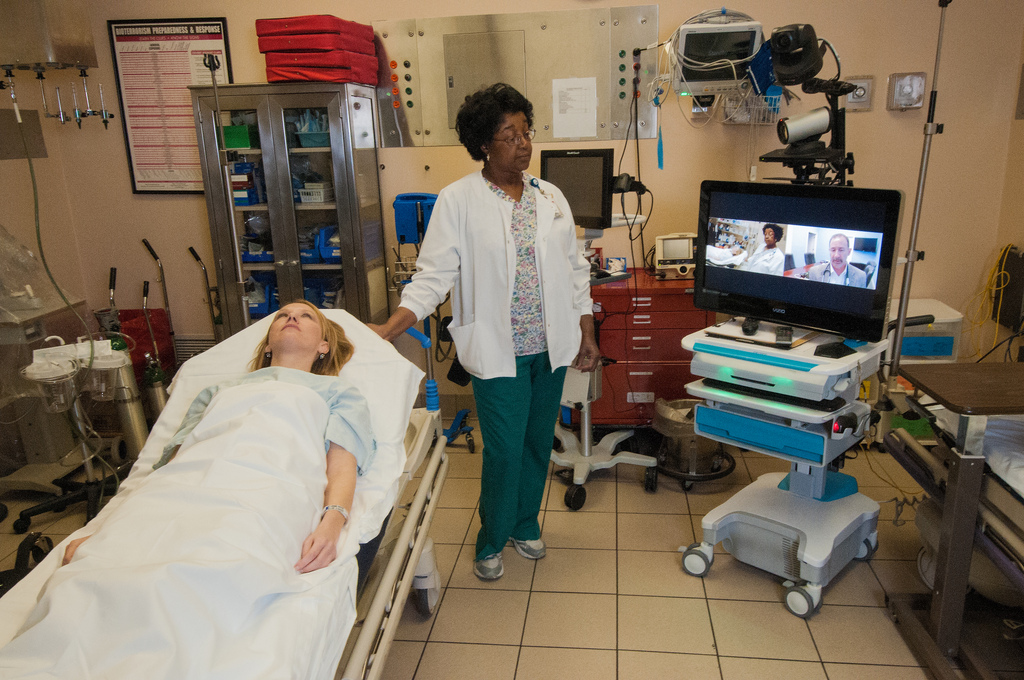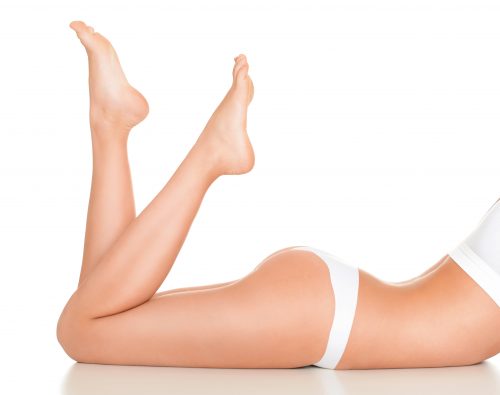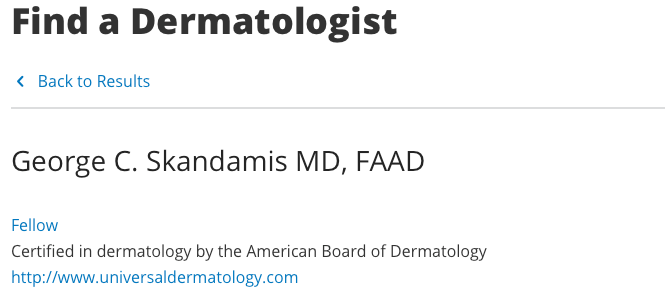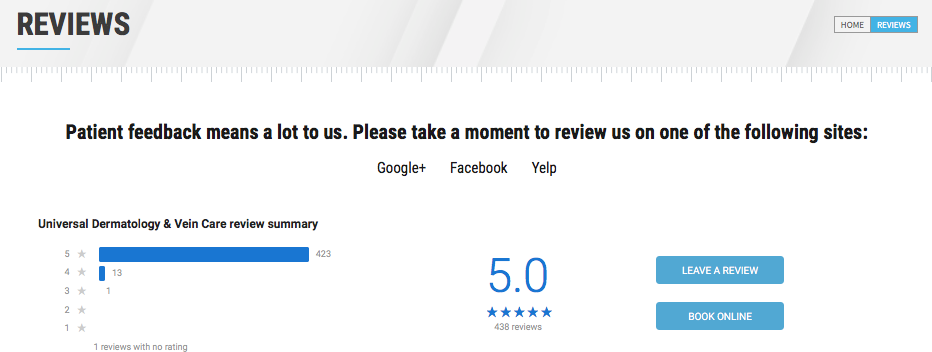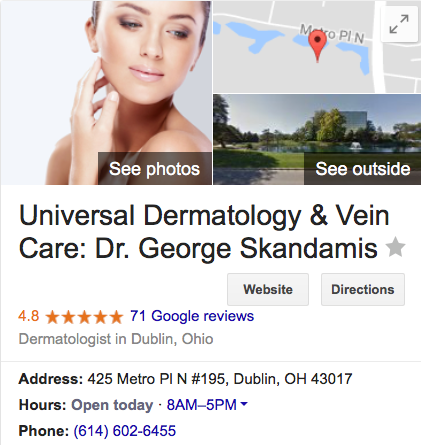What Are the Benefits of Telemedicine for Dermatology?
Technology has been revolutionizing industries all over the world and dermatology and vein care are no different. This is particularly true where the internet and creating points of access are concerned. In medicine and healthcare fields, telehealth is a growing option. As a dermatology care facility that is always on the cutting edge of technology, we are very interested in the benefits of telemedicine. So, we took a closer look, and here is what we have found.
The Difference Between Telehealth and Telemedicine?
While it is easy to picture video-conference interactions when we hear the term telehealth, it is so much more than that. In a nutshell, telehealth is any kind of medical care that allows medical practitioners to connect with their patients at a distance through the use of telecommunications. It is through telehealth technologies that telemedicine solutions become available. In other words, telemedicine is a specific kind of telehealth option.
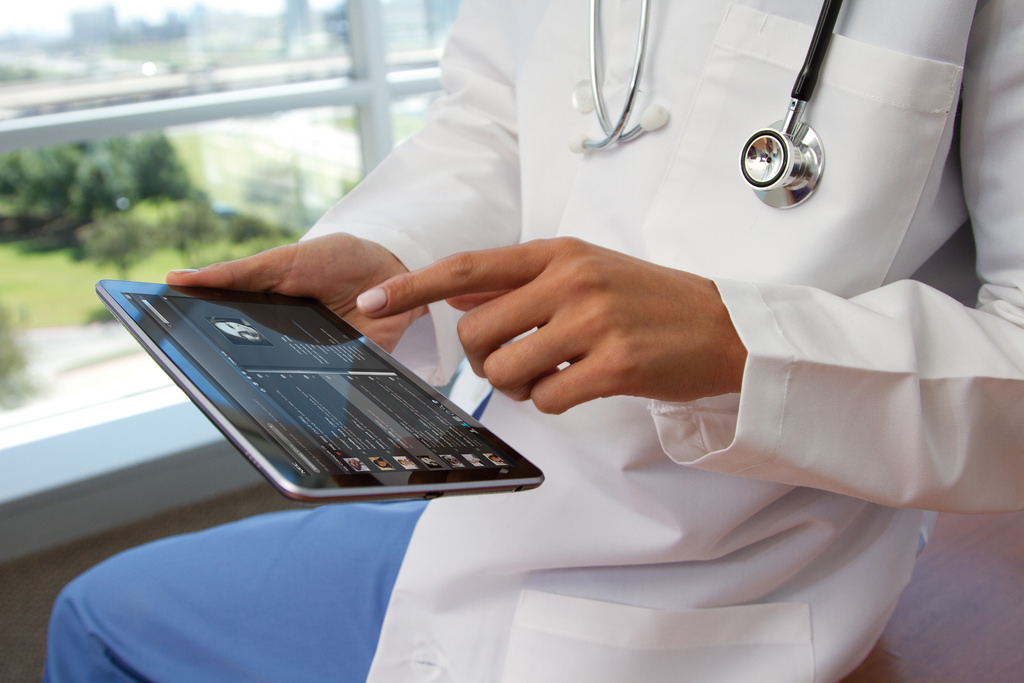
What Exactly Is Telemedicine?
The term telemedicine refers to two things:
- A mobile app that allows medical practitioners and their patients to communicate through video chat.
- A software option that allows primary care providers to liaise with specialists at a distance by sending photos of certain conditions for a rapid, remote diagnosis.
Through these telemedicine solutions, patients are able to benefit from remote diagnosis and other kinds of care as they connect with their healthcare providers and dermatologists from a distance.
In What Ways Does Telemedicine Benefit the Field of Dermatology?
Telemedicine solutions can offer lots of benefits to dermatologists and their patients. Telemedicine solutions provide dermatologists and patients with options to stay connected even when they are miles apart. For example, there is no need for a patient to be in the room for a doctor to diagnosis them or follow up with a treatment. As such, we are able to provide faster, more rapid care solutions in a convenient and easily accessible way. This includes catching things like skin cancer more quickly.
7 Benefits of Telemedicine Remote Diagnosis Solutions for Dermatology
1. Rapid Service Delivery
Telemedicine offers the ability to send files – like reports or photos of skin spots – and have responses in the space of minutes. This can connect patients with both their primary care practitioner and specialists like dermatologists quickly and simultaneously. Consequently, patients can receive the best treatment possible from a collaboration between two or more doctors.
2. Privacy and Convenience
Through being able to have their dermatology consultation and diagnosis performed remotely, patients have the convenience of seeing their dermatologists from the privacy of their own home. Although all in-office dermatology appointments are private and confidential, patients may feel more comfortable divulging their ailments in their own homes.
3. Accessible Care
Telemedicine also allows a specialist to monitor a patient remotely if need be. For example, patients living in rural communities or who face other accessibility problems (like elderly patients with mobility issues), will now have more accessible care. Patients in these circumstances no longer have to worry about feeling “cut off” when they can be connected through telemedicine.
4. Rapid Emergency Care
There are times when you or a loved one may have a dermatological emergency that you will want to have assessed right away. In cases like these, telemedicine provides great options for both you and dermatologist. Being able to check in with your dermatologist and/or your primary care physician right away can be comforting. Even if you have already made your way to your primary care physician, he or she can easily check in with your dermatologist concerning the situation to provide you with a rapid solution.
5. Better Treatment Follow-Up and Patient Care
With telemedicine, dermatologists are able to check in with their patients more regularly. As a result, this improves the overall care experience for patients and their dermatologists. As all patients respond to treatments differently, this type of care helps providers monitor your treatment course and make any adjustments if needed.
6. Increased Engagement
Now that patients can connect with dermatologists more conveniently through telemedicine, many do so more frequently. Knowing they can readily reach their dermatologists may prevent them from hesitating to seek treatment. This can result catching some conditions before they progress.
7. Reduced Care Costs
Telemedicine solutions help reduce care costs for both patients and their dermatologists. The cost of accommodating patients in care facilities can be significantly reduced if we can treat them remotely. The costs of traveling to care facilities for treatment can be significantly reduced for patients as well.
Contact Us Today!
If you would like more information on telemedicine and dermatological care, contact our office. Our team will be happy to assist you with any questions you may have.
SaveSave
Lear MoreSclerotherapy: What is it? How Does it Work?

What is Sclerotherapy?
Sclerotherapy is a minimally-invasive procedure that treats spider and varicose veins. Depending on how deep the abnormal vein is under your skin, your doctor may need to use ultrasound technology to see where the vein is located. Then, he or she will inject a specialized solution directly into the target vein. This solution is usually saline-based, but the chemical agent depends on the size of the vessel that needs to be treated.
Sclerotherapy will not only improve the appearance of veins, but it will improve venous blood flow and lower chronic swelling as well.
How Does Sclerotherapy Work?
Injecting the saline solution into a vein damages the inside lining of the vessel. This forms a clot that blocks circulation in the vein. This forces the body to reroute blood flow through healthier veins. The damaged vein will eventually become scar tissue and the body will reabsorb it under the skin. This absorption causes the vein to fade from view.
Who is a Possible Candidate for Sclerotherapy?
Anyone who is in general good health and experiences unsightly spider or varicose veins is a good candidate for sclerotherapy. It can also be helpful for someone who suffers from venous insufficiency and cannot control the issue with the use of compression stockings.
Causes of Spider or Varicose Veins
There are a number of things that increase a person’s risks of developing vein issues.
Genetics. Almost half of the population of people who develop varicose veins have family members with the problem.
Age. As a person gets older, wear and tear cause vein valves to become weak.
Obesity. When a person is overweight, the extra weight strains the veins.
Gender. Women are much more likely to develop varicose veins. Hormones, pregnancy, and menopause increase the risks of development.
Prolonged Sitting or Standing. When a person sits with his or her legs bent, the veins must work harder to push blood to the heart.
What to Expect During the Procedure
When the procedure is about to begin, the patient lays on his or her back with legs elevated. Your doctor will clean the area and then insert the needle. When he or she removes the needle, the doctor will apply compression and then massage the area to prevent blood from entering the vessel. Immediately the following sclerotherapy, the patient will need to stand and walk so blood clots do not form.
Is Sclerotherapy Painful?
Sclerotherapy does require an injection into the skin, so the patient may experience some stinging or cramps when the syringe is inserted. Also, some feel pain from the saline solution being injected into the vein. The procedure should be otherwise pain-free unless a rare difficulty occurs.
All medical procedures pose a risk, but your doctor will discuss side effects before deciding if this therapy will work for you. For example, a person may experience hyperpigmentation (darkening of the skin), pain at injection site, temporary swelling, or an allergic reaction. In severe cases, a person may experience nerve damage.
Recovery and Aftercare of Sclerotherapy
Sclerotherapy is performed on an outpatient basis; therefore, patients do not require hospitalization. Following the treatment, the patient will need to wear compression dressings for up to three weeks. A follow-up appointment after this recovery time will determine if further action is necessary.
After treatment, veins will fade within a few weeks. On rare occasions, it may take more than a month to see total results. More than one treatment may be necessary for larger veins.
Is Sclerotherapy Covered by Insurance?
Since sclerotherapy is often linked to the correction of spider veins, some see it as purely cosmetic. In these cases, most insurance companies will not cover the elective procedure. However, it can be used for other medical purposes, and if so, a doctor must document a patient’s condition. An insurance provider may cover the procedure if they understand the problems associated with a malfunctioning deep vein.
If you suffer from varicose veins or spider veins, you may wish to consider sclerotherapy. Contact us to ask any additional questions you may have or to schedule a consultation where our providers will meet with you to discuss the issues you are facing and establish a plan of action.
Lear MoreThe Best Dermatologists in Ohio
Not all dermatologists are created equal and this is important to keep in mind when selecting your provider. So before we go into listing some specific dermatologists in Ohio that we admire as peers, here are some important points for you to consider in your search.
Check for Proper Credentials
First and foremost your dermatologist should be Board certified by the American Board of Dermatology and they should be a Fellow of the American Academy of Dermatology (FAAD). You can visit aad.org/find-a-derm and type in the name of the doctor you are researching to verify this. In the screenshot below you can see that aad.org has verified that our Dr. Skandamis is both a Fellow (FAAD) and is Certified in dermatology by AAD:
Beware of doctors with credentials that make it sound like they are board certified but in reality they did not go through the rigorous residency training. Such credentials can include FASLMS or any board of cosmetic, laser, or aesthetic medicine. These credentials do not require residency training and are credentials that can be purchased by any doctor wishing to open a med spa. This training is far inferior to the years spent becoming a board-certified dermatologist.
Research Patient Reviews
Being board certified is step 1—showcasing that you can take the training into the real world and run a successful practice is step 2. There is no better way to gauge this than to read reviews from past patients. While it is virtually impossible to find a practice that has 100% 5-star reviews, you want to find those that showcase a strong overall record with patients and get close to that level. You can find reviews on a variety of sites including Google, Facebook, Yelp, ZocDoc and through review aggregators on a practice’s website.
Don’t just rely on a few hand-picked testimonials on their website—be sure to check multiple sources to get the best overall picture of a practice.
Beware of the “Cheap” Providers
This is typically more of a concern when it comes to those that are not board-certified dermatologists so fortunately, you should not have to worry too much about this if you have followed the first two steps. If something jumps out as an outlier by being drastically underpriced, there is probably a good reason that that person does not charge typical market rates.
Some of Ohio’s Best Dermatologists
While we of course have a natural bias for Dr. Skandamis and our whole Universal Dermatology team, we wanted to take a moment and recognize some of our peers in Ohio that we admire:
Buckeye Dermatology | With locations in Grove City and Springfield, the physicians at Buckeye Dermatology are board certified in clinical and cosmetic dermatology along with micrographic surgery and aesthetician services.
Oakview Dermatology | Oakview Dermatology has four offices, three doctors, five physicians’ assistants and prides themselves on accepting ten different insurance providers. This staff strives to help each of their patients know the risks and procedures for skin cancer.
Dermatologists of Greater Columbus | Dr. Michael Conroy, M.D. founded DGC in 2008 after his fellowship at Geisinger Medical Center. He is now the president of the Central Ohio Dermatologic Society and specializes in surgical dermatology.
Central Ohio Skin and Cancer | Dr. Jason Nash is board certified in dermatopathology as well as anatomic and clinical pathology. After starting the in-house dermatopathology lab in 2007, he now reviews and studies all skin biopsies for cancerous cells and indicators.
Center for Surgical Dermatology | Specializing in Mohs Micrographic Skin Cancer surgery, the Center for Surgical Dermatology is home to four board certified dermatologists who are all members of the American Academy of Dermatology.
Skin Dermatology and Aesthetics | Partnering with Northeast Dermatology, Doctors Monique Kademian and Jeannie Hennessy are both certified dermatologists at Skin. Dr. Kademian has extensive experience with laser devices, and Dr. Hennessy is a board certified Dermatopathologist and Anatomic Pathologist.
Lear More
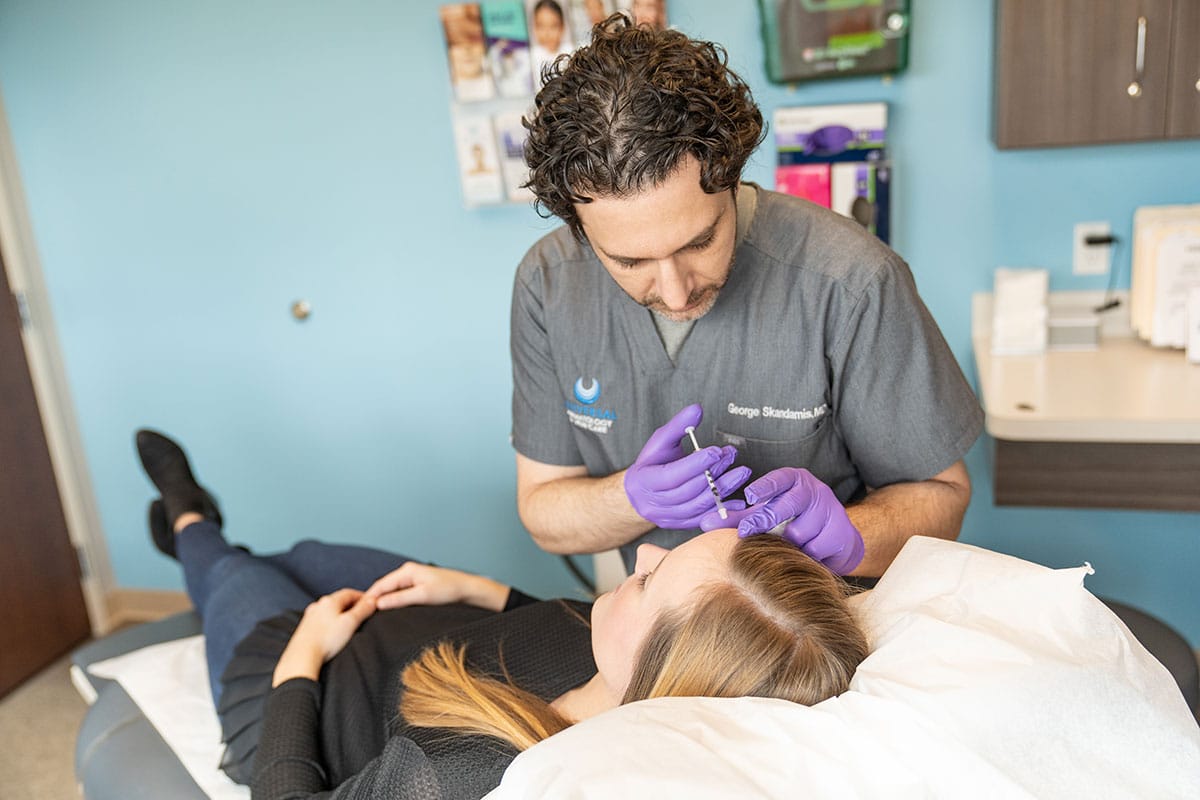 Our Dermatologists
Our Dermatologists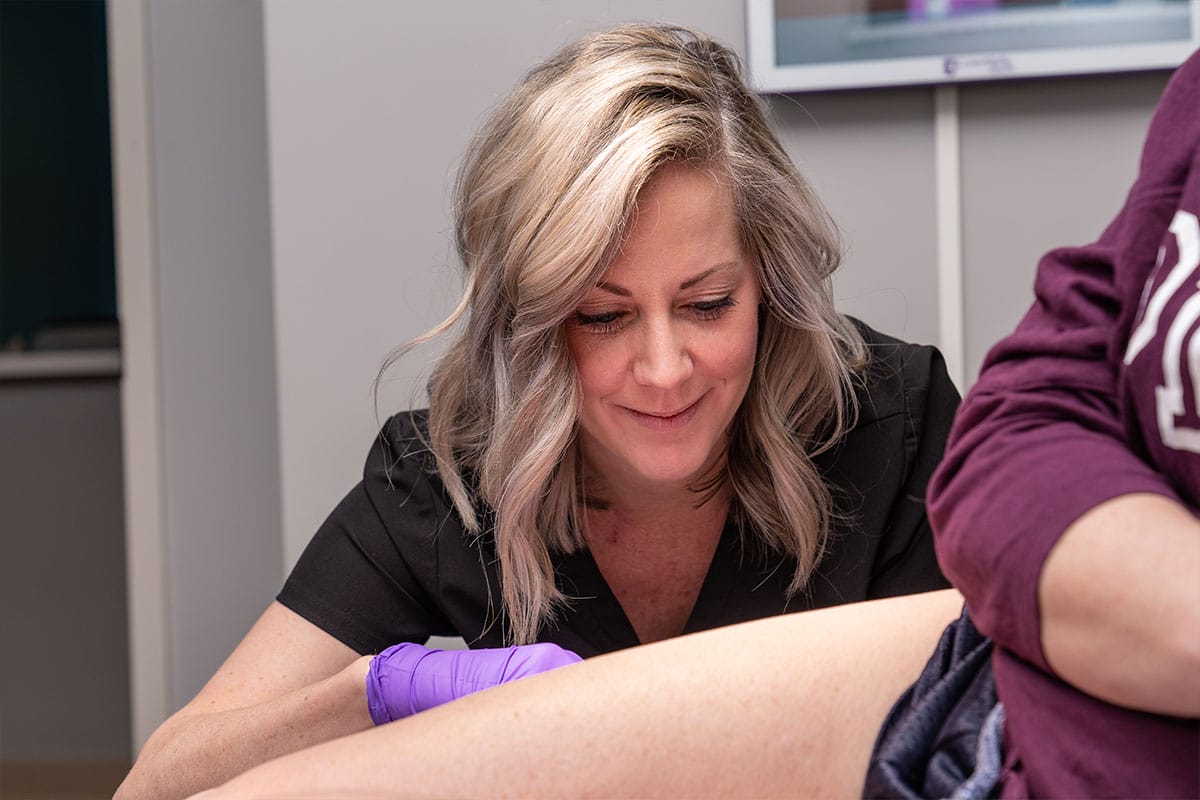 Our Providers
Our Providers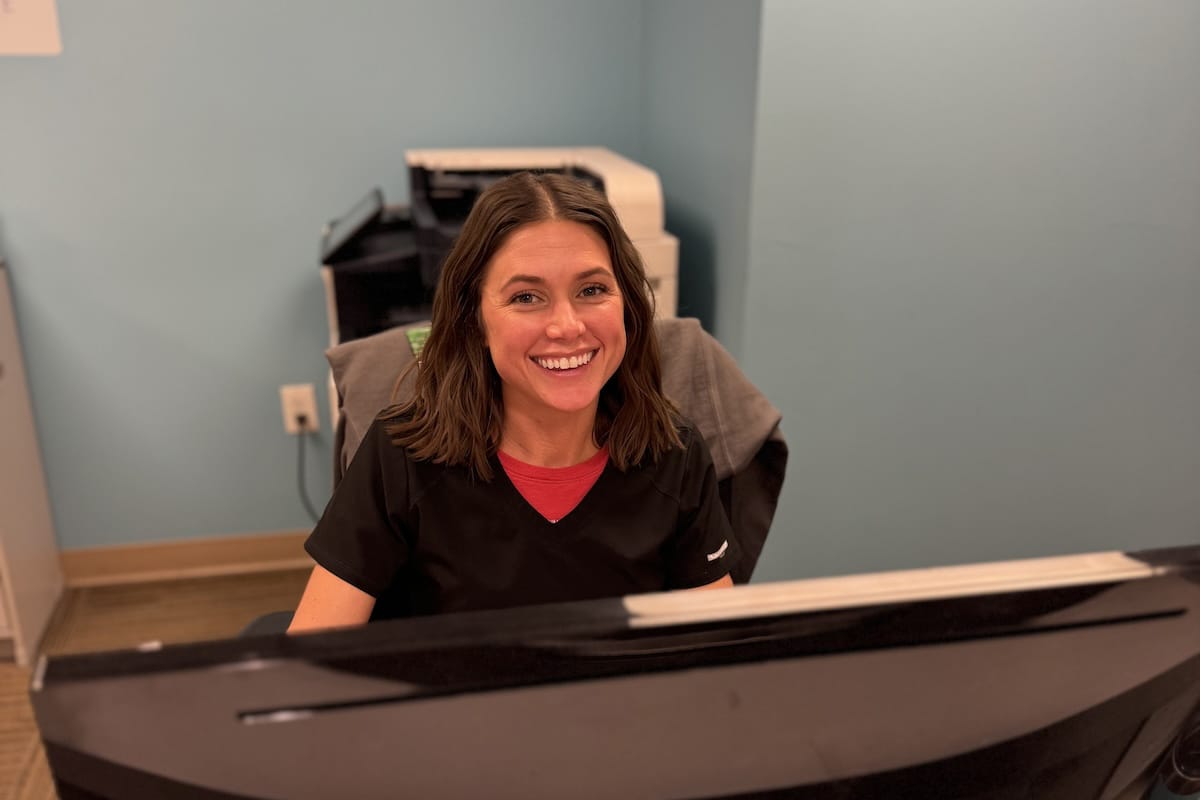 Our Staff
Our Staff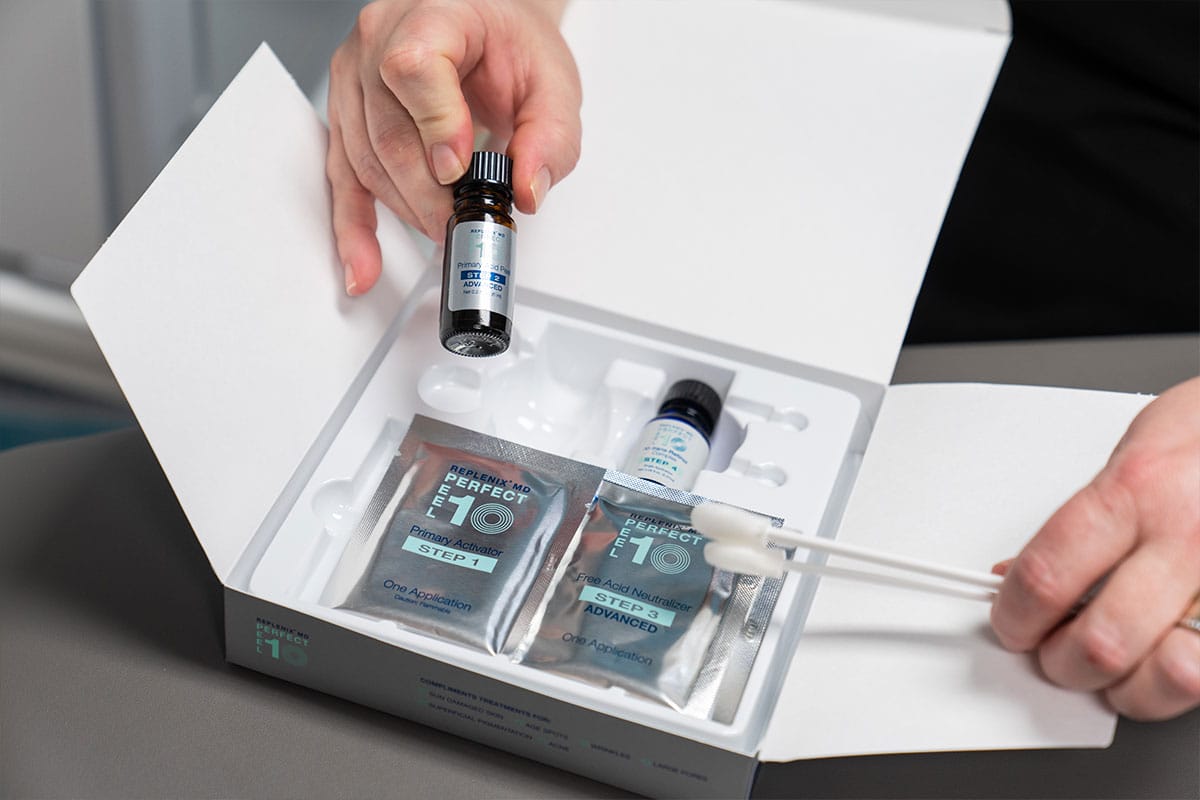 Specials
Specials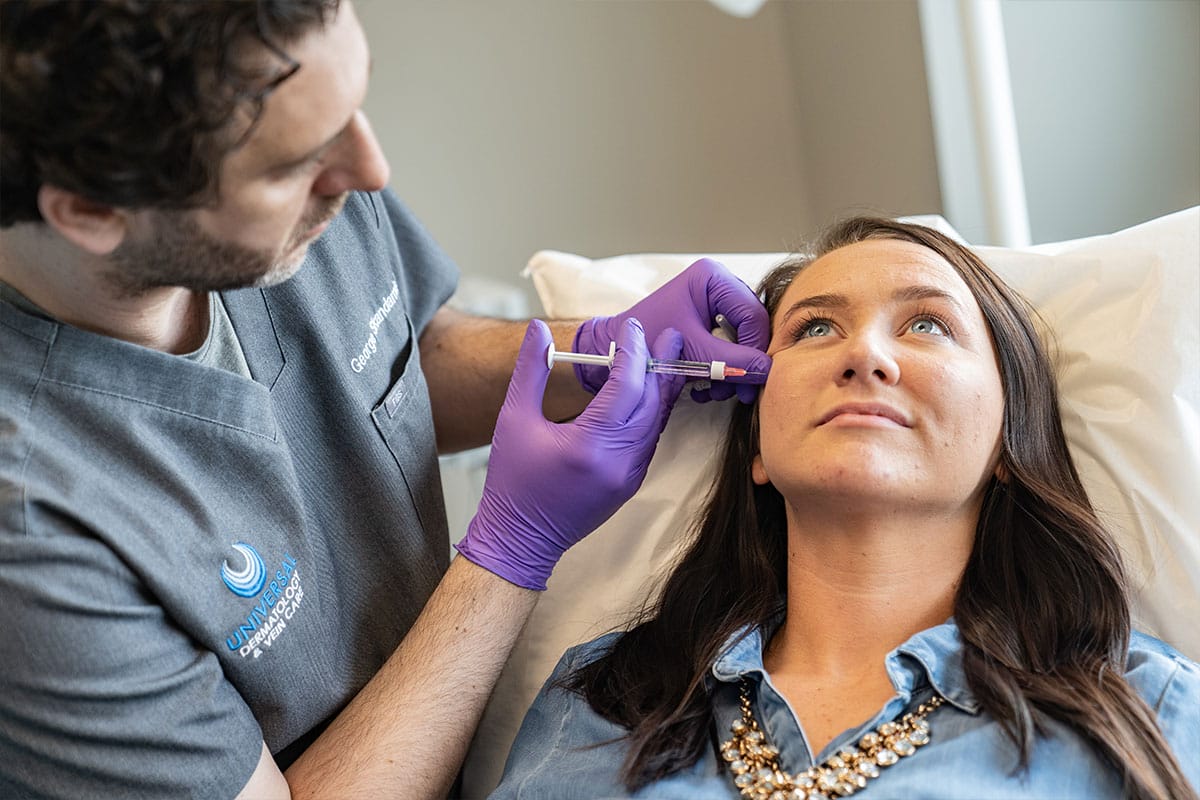 Financing
Financing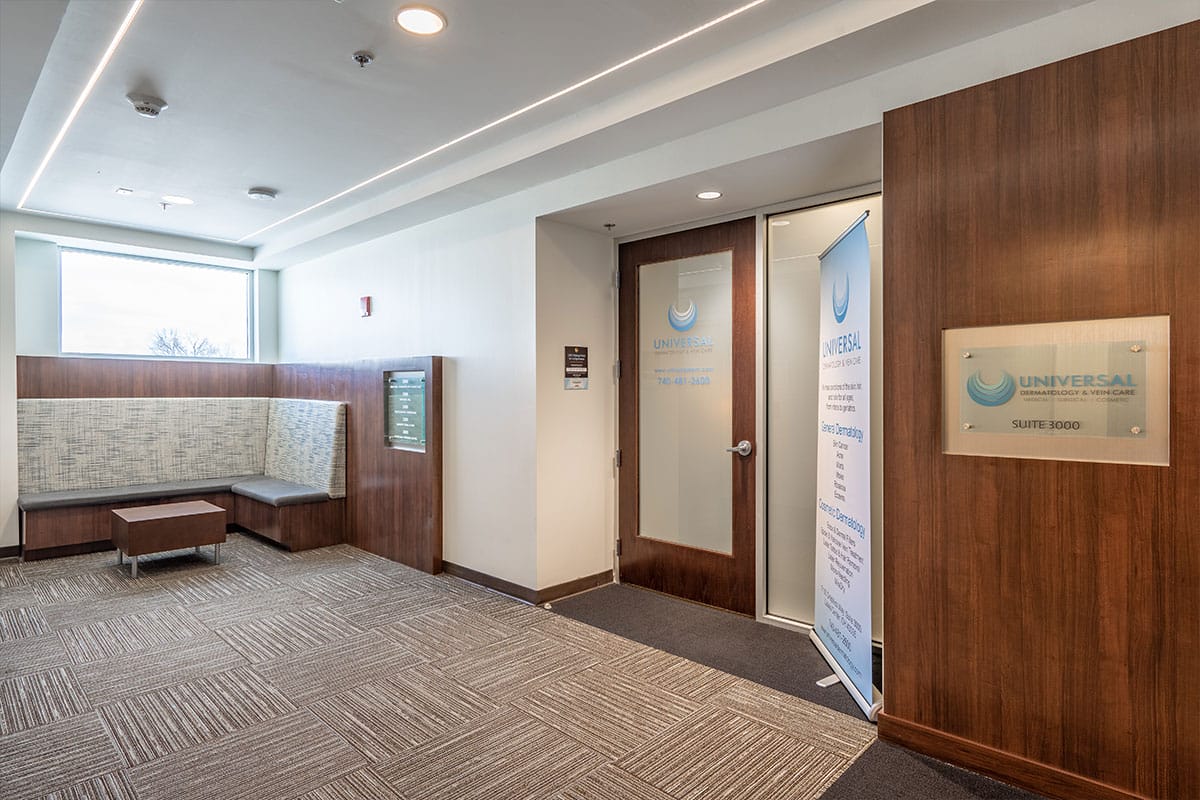 Pay Bill Online
Pay Bill Online